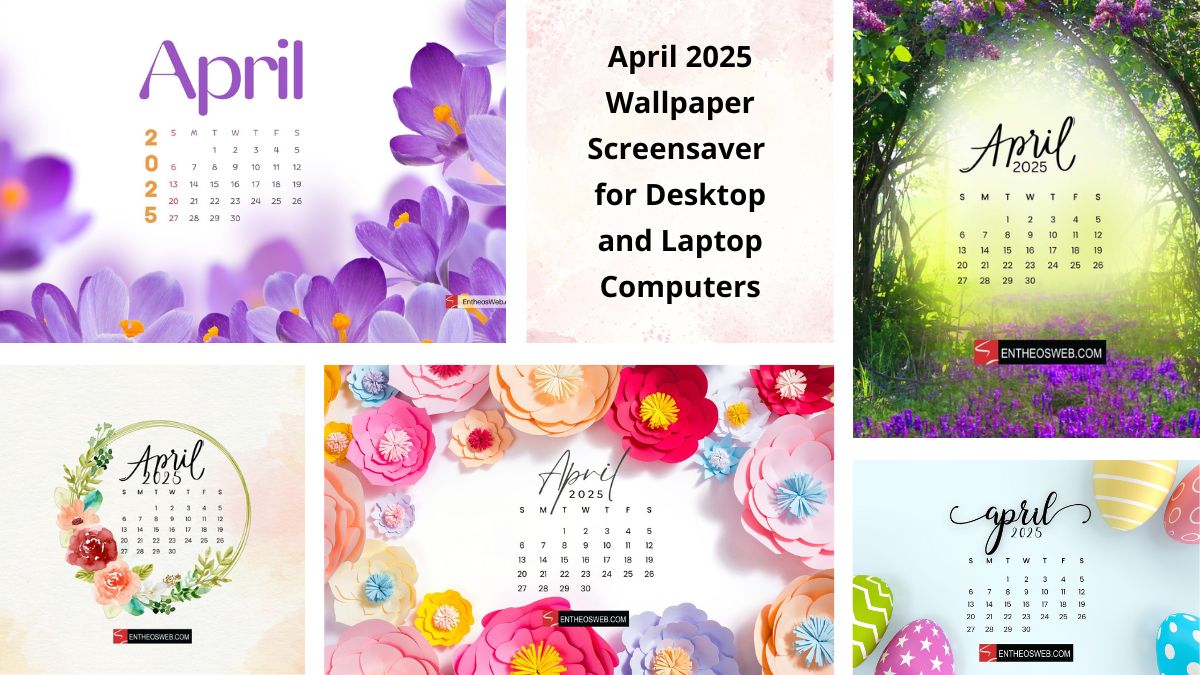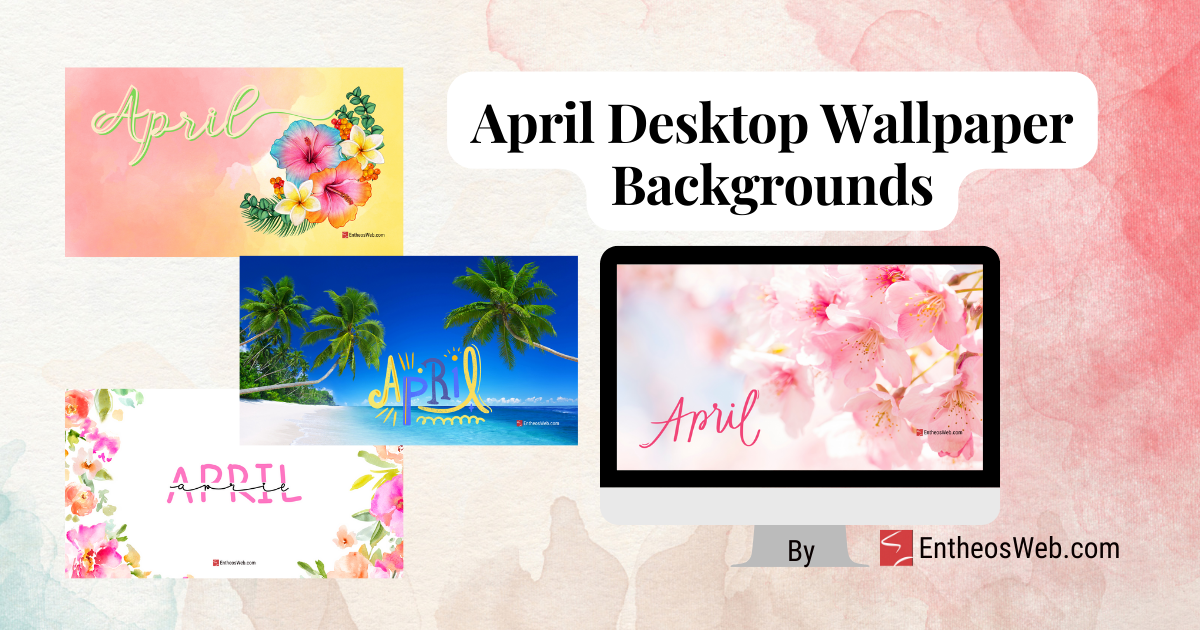
Web design is a fascinating blend of creativity and technology, offering endless opportunities to bring ideas to life online. As a student diving into this exciting field, you’re probably eager to learn everything you can about what makes a website not just functional but truly exceptional. While mastering technical skills is crucial, there’s more to web design than just knowing how to code or use design software.
Understanding the subtleties that can elevate your work is just as important as learning the basics. These little secrets can be the difference between a good design and a great one. They’re the tricks of the trade that experienced designers use to create websites that not only look good but also offer an outstanding user experience.
Whether you’re working on a class project or building a portfolio, these web design secrets will set you on the right path. Let’s dive into some of the key principles and techniques that can make all the difference in your designs!
One of the biggest secrets in web design is that the user experience (UX) should always come first. It’s easy to get caught up in the aesthetics—after all, who doesn’t want their website to look amazing? But a beautiful design is worthless if it’s difficult to use. Always prioritize creating a site that is intuitive and easy to navigate.
Think about how your users will interact with your site. What are they looking for? How can you make their journey smoother? Consider things like loading times, mobile responsiveness, and clear navigation. A great UX design ensures that visitors can find what they need quickly and easily, which keeps them engaged and more likely to return.
In web design, less is often more. Simplicity doesn’t mean boring—it means clarity and focus. When you keep your designs simple, you allow your content to shine and make it easier for users to interact with your site. Too many elements can overwhelm visitors and distract them from your core message.
Stick to a clean, minimalist design whenever possible. Use whitespace effectively to give your content room to breathe. This doesn’t mean your design has to be plain—use bold typography, striking images, and a thoughtful color palette to make a statement. But remember, every element on the page should serve a purpose.
With so many users accessing the web from their phones, mobile-friendly design is no longer optional—it’s essential. Always design with mobile users in mind, ensuring that your site is responsive and looks great on all screen sizes.
A responsive design adapts to different devices automatically, adjusting elements like navigation, images, and text size to provide the best possible experience. Test your designs on multiple devices to make sure everything works smoothly. Remember, a frustrating mobile experience can drive users away, so this is one area where you can’t afford to cut corners.
Visual hierarchy is a powerful tool in web design that helps you guide users through your site. By arranging elements in order of importance, you can direct users’ attention to key areas, such as calls to action or important information.
Use size, color, and placement to create a clear hierarchy. Headlines should be bold and larger than body text, and important buttons should stand out with a contrasting color. The goal is to make it easy for users to understand where they should look and what actions they should take next!
Color can evoke emotions, convey messages, and even influence behavior. In web design, your color choices should align with the message and tone of your site. Whether you’re using a bright, vibrant palette or a more subdued color scheme, make sure it supports the overall feel you’re trying to create.
Be mindful of color contrast to ensure that text is readable and accessible to all users, including those with visual impairments. Tools like color contrast checkers can help you choose the right combinations.
And remember, consistency is key—stick to a defined color palette throughout your site to create a cohesive look.
High-quality images can enhance your design, but they can also slow down your site if not optimized properly. Large, uncompressed images can significantly increase loading times, which can frustrate users and negatively impact your site’s performance.
Use tools to compress images without losing quality, and choose the right file formats for the web (e.g., JPEG for photos, PNG for images with transparent backgrounds). Additionally, consider using responsive images that adjust based on the user’s device to further improve load times.
Designing with accessibility in mind ensures that your website is usable by everyone, including people with disabilities. This is not only the right thing to do, but it can also broaden your audience and improve your site’s SEO.
Consider using alt text for images, providing transcripts for videos, and ensuring that your site can be navigated with a keyboard. Also, make sure that your color choices are accessible to those with color blindness, and use clear, descriptive headings to help screen readers interpret your content.
Web design trends come and go, and while it’s important to stay informed, you shouldn’t feel pressured to adopt every new trend. Instead, focus on timeless design principles and consider how a trend will impact the user experience before incorporating it into your work.
Trends like parallax scrolling or complex animations can be visually impressive, but they’re not always practical. Use trends sparingly and always keep the user’s needs at the forefront of your design decisions.
As you continue to learn and grow as a designer, don’t be afraid to experiment, take risks, and make mistakes. Every project is an opportunity to refine your skills and discover new approaches.
So whether you’re working on a school assignment or looking for an essay writers service keep these tips in mind, and you’ll be well on your way to creating exceptional web designs!









